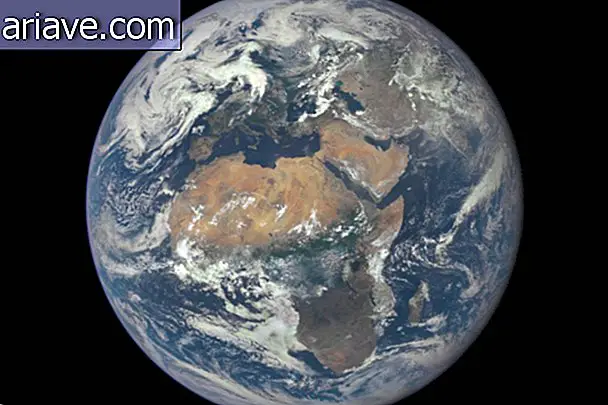NASA says manned mission to Mars is agency's current priority
Just imagine the difficulties of sending a manned mission to Mars: in addition to the harsh environment that humans would encounter there - with high levels of surface radiation and the likelihood of problems communicating with Earth - only the one-way trip would take about 1, 000. days, ie almost three years.
However, NASA has revealed that enrollment in its training programs has nearly reached record levels, and that the agency's interest in sending humans to the Red Planet is greater than ever. So much so that during the Humans 2 Mars conference in Washington last week, Charles Bolden, the space agency's general manager, said that "traveling to another planet is man's destiny."
Technology Gaps
According to The Guardian, the conference - which brought together leading space exploration experts, businessmen and scientists - also served to point out some “technological gaps” that will have to be resolved for the expected trip to take place. Among the difficulties is the size of the spacecraft that will carry the human crew, whose weight has been estimated to be 40 times greater than the ship carrying the Curiosity spacecraft.

The trip would also involve - at least - five unmanned supply-only missions, which would include sending a robotic vehicle to drill holes for drinking water and to be employed on the return trip. There is also a risk that communication with the Earth will be disrupted for weeks, and a protective structure against exposure to cosmic radiation would be needed.
Forecasts
In addition, other aspects that cannot be overlooked are the effects of the lack of gravity on the astronaut's organism, and the possibility of cultivating seedlings in space, issues that are already being addressed in several studies. And of course, not to mention the budget cuts NASA recently suffered.
Even so, the space agency expects the US administration to approve an annual budget of $ 17.7 billion, which will be increasingly focused on the mission to Mars. The trip is expected to take place around 2030, but if all other exploration projects on the Red Planet work by then, NASA astronauts are likely to be welcomed by Earthlings.











